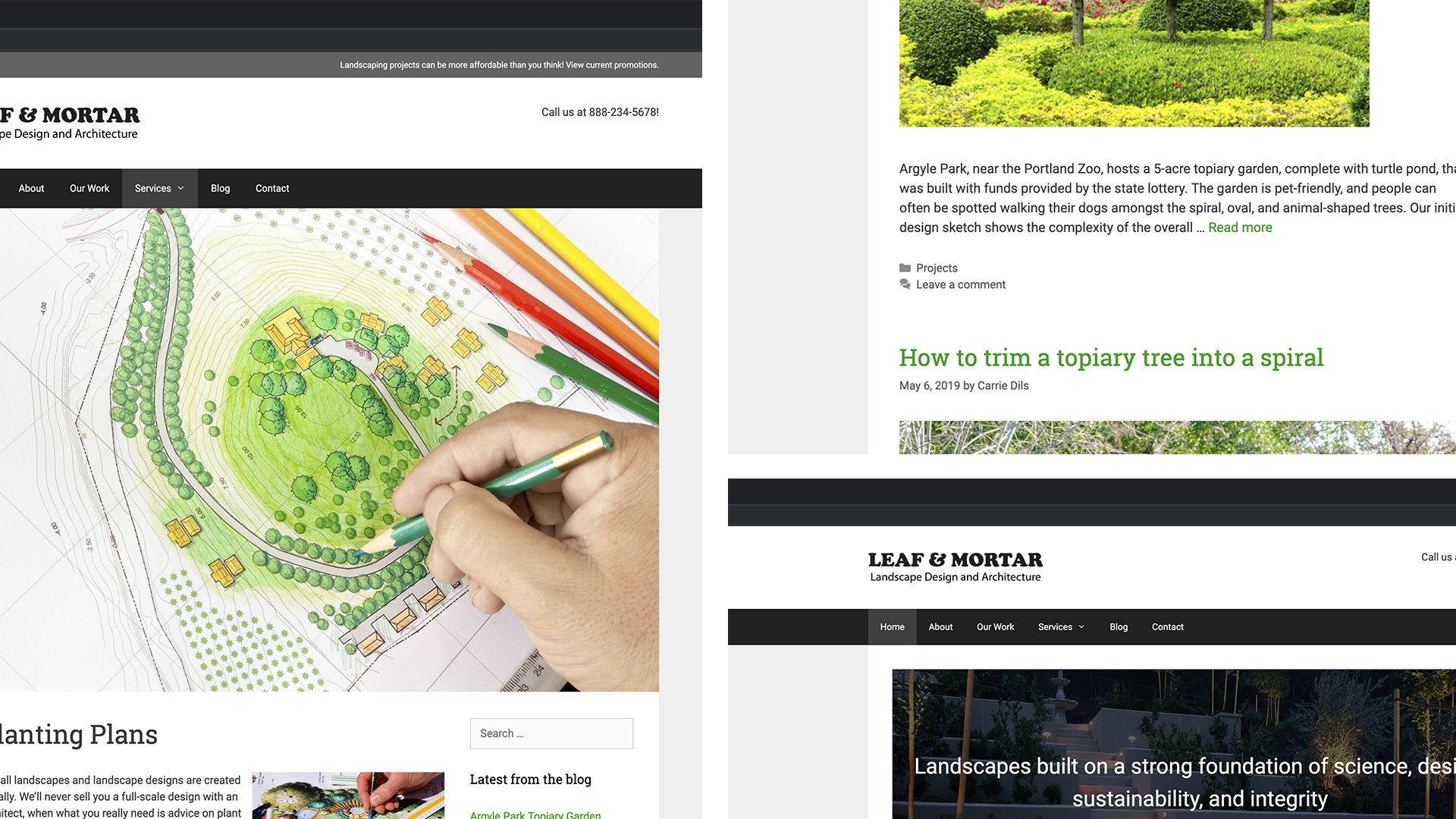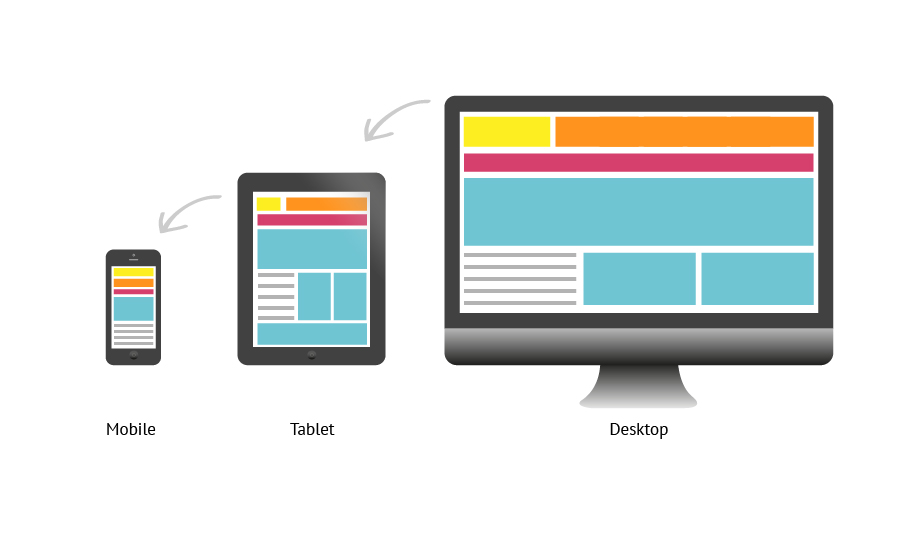
Effective mobile app navigation is key to providing your users with the right direction and ensuring a positive user experience. It is important to make your navigation menu simple. This will encourage users discover your app in depth and to use its features. Also, ensure that your app's layout is consistent and coherent. An app's navigation design should be well thought out to increase conversion rates and generate more leads.
It is important to establish your app's target audience before you can create an effective mobile app navigation. To do this, you can perform a basic A/B experiment. You can also research the most used app navigation formats. These formats can help you design your app navigation.
The best mobile app navigation will allow for seamless, effortless transitions between various parts of the app. Transitions between different parts of the app should be based on their functions and easy for the user. You can also choose to make use of icons to simplify navigation. Be careful not to use bright colors as they can be distracting.

App designers should also ensure that the fonts used in the navigation bar blend well with the main interface. They should also be easily understood by the user. The icons should correspond to the objects being accessed. You can also use labels and captions to indicate the different sections of the app. Strong symbolism should be used in the labels.
The app's main sections should be accessible with one finger. This can be achieved by using a swipe navigation pattern. This pattern is also known by the name "list-type menu". You can also use a flat navigation pattern, which offers the main functions of the app on a single screen.
The bottom menu is another popular option when it comes to mobile app navigation. This is a popular option for screens without a hierarchy. The icons for the bottom bar menu can be easily identified by users. However, the menu shouldn't have more than five icons in one palette. Also, you should avoid text on this navigation bar.
The top bar menu is usually used on screens with a higher level of hierarchy. This is the most common navigation pattern used by apps such as Uber and Google Maps. Other navigation elements are also available on the top appbar. The main advantage of the top navigation is that it is easy on the eye of the user. It can also make your menu bar cumbersome.

Card navigation patterns are also possible. This is a popular navigation pattern that allows you to display several interface elements at once. It's especially useful when different information needs are displayed on the same screen. Its effectiveness has been questioned by many designers.
FAQ
How much does it cost to build a website?
The answer to this question depends on what you want to accomplish with your website. For instance, if you just want to post information about yourself or your business, you might be able to get away with free services such as Google Sites.
However, if visitors are serious about coming to your site, they will be willing to pay more.
The most common solution is to use Content Management Systems (like WordPress). These programs allow you to create a website without knowing anything about programming. These sites are hosted by third-party companies so you don't have to worry about being hacked.
Squarespace offers a great way to build your website. Squarespace offers a variety plans that range from $5 per person to $100 per person, depending on what information you want to include.
What should I include in my Portfolio?
These things should make up your portfolio.
-
Exemplaires of previous work
-
Link to your website (if possible).
-
These are links to your blog.
-
Links to social media profiles
-
Other designers' online portfolios can be found here.
-
Any awards you've received.
-
References.
-
You can also send us samples of your work.
-
Here are some links that will show you how to communicate with your clients.
-
Here are some links to show that you're eager to learn new technologies.
-
These are links that show your flexibility
-
Links that show your personality
-
Videos showing your skills.
How much does it cost to create an ecommerce site?
It depends on which platform you choose, and whether the freelancer is employed directly or through a service provider. eCommerce websites start at about $1,000.
You can expect to pay between $5000 and $10,000 for a platform once you have decided.
The average cost of a template will not exceed $5,000. This includes any customization you need to make to fit your brand.
What Is Website Design Software?
Graphic artists, photographers, illustrators, and writers use website design software to create websites and other digital media.
There are two main types of website design software: desktop applications and cloud-based solutions. Desktop apps are installed locally on the computer. You will need to install additional software. Cloud-based applications are hosted on the internet. This makes them great for mobile users.
Desktop Applications
While desktop applications have more features than cloud-based options, they're not always needed. Some people prefer to work exclusively from a desktop app because they find it more convenient. Others like to use the same tool regardless of whether they are working on a laptop or a smartphone.
Cloud-Based Solutions
Web designers who want to save time and money should choose a cloud-based solution. These services enable you to edit any document from anywhere with an internet connection. You can use your tablet to work while you wait for your coffee brew.
If you decide to use a cloud service, you will still need a license. You will not need additional licenses to upgrade to a higher version.
You can use these programs to create web pages if you own a copy of Photoshop, InDesign, Illustrator, or another Adobe product.
Statistics
- When choosing your website color scheme, a general rule is to limit yourself to three shades: one primary color (60% of the mix), one secondary color (30%), and one accent color (10%). (wix.com)
- Studies show that 77% of satisfied customers will recommend your business or service to a friend after having a positive experience. (wix.com)
- It's estimated that chatbots could reduce this by 30%. Gone are the days when chatbots were mere gimmicks – now, they're becoming ever more essential to customer-facing services. (websitebuilderexpert.com)
- The average website user will read about 20% of the text on any given page, so it's crucial to entice them with an appropriate vibe. (websitebuilderexpert.com)
- Is your web design optimized for mobile? Over 50% of internet users browse websites using a mobile device. (wix.com)
External Links
How To
What is website hosting?
Website hosting is the location where people go when they visit websites. There are two types.
-
The cheapest option is shared hosting. Your website files reside in a server managed by another company. When customers visit your site, their requests travel over the Internet to that server. The request is sent to the server's owner who then passes it on to you.
-
Dedicated hosting is the most expensive option. Your website is hosted entirely on one server. Your traffic is private because no other websites have shared space on this server.
Most businesses choose shared hosting because it's less expensive than dedicated hosting. Shared hosting allows you to have your website run by the company who owns the server.
However, both have their advantages and disadvantages. These are the key differences between them.
Shared Hosting Pros:
-
Lower Cost
-
Easy to Setup
-
Regular Updates
-
It can Be Found On Many Web Hosting Companies
Shared hosting can often cost as little as $10/month. Remember that shared hosting usually comes with bandwidth. Bandwidth refers to the amount of data you can transfer across the Internet. Even if you are only uploading photos to your blog site, high data transfer rates can still cost you extra.
Once you begin, you will soon see why you spent so much on your previous host. Most shared hosts don't offer any customer support. Although they will help you set up your site occasionally, you are on your own once you have done that.
A provider with 24-hour telephone support is a good choice. They will help you deal with any issues that arise while your sleeping.
Hosting dedicated:
-
More Expensive
-
Less Common
-
Requires special skills
With dedicated hosting, everything you need for your website is at your fingertips. You won't worry about how much bandwidth you are using or how much RAM (random Access Memory) you have.
This means you will need to spend more upfront. But once your online business starts, you'll realize you don't need any technical assistance. You'll be able to manage your servers effectively.
Which Is Better For My Business, So Which Is Better?
The answer depends on what kind of website you want to create. If you only want to sell products, then shared hosting might be the best choice. It's simple to set it up and keep it updated. And since you're sharing a server with many other sites, you'll likely receive frequent updates.
However, dedicated web hosting is the best way to build a community around you brand. You can put your efforts into building your brand, and not worry about how to handle your traffic.
Bluehost.com has both. They offer unlimited monthly data transfers, 24/7 support, free domain name registration, and a 30-day money-back guarantee.